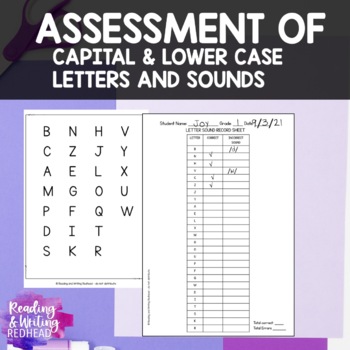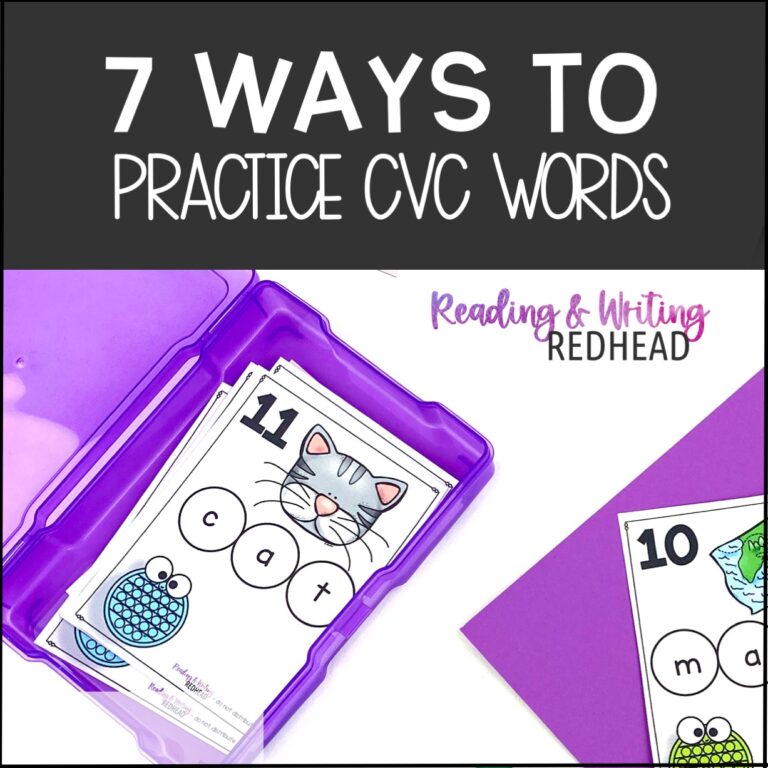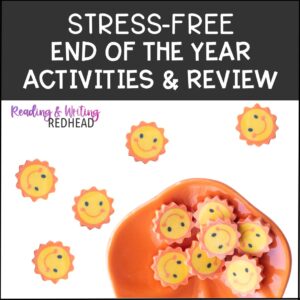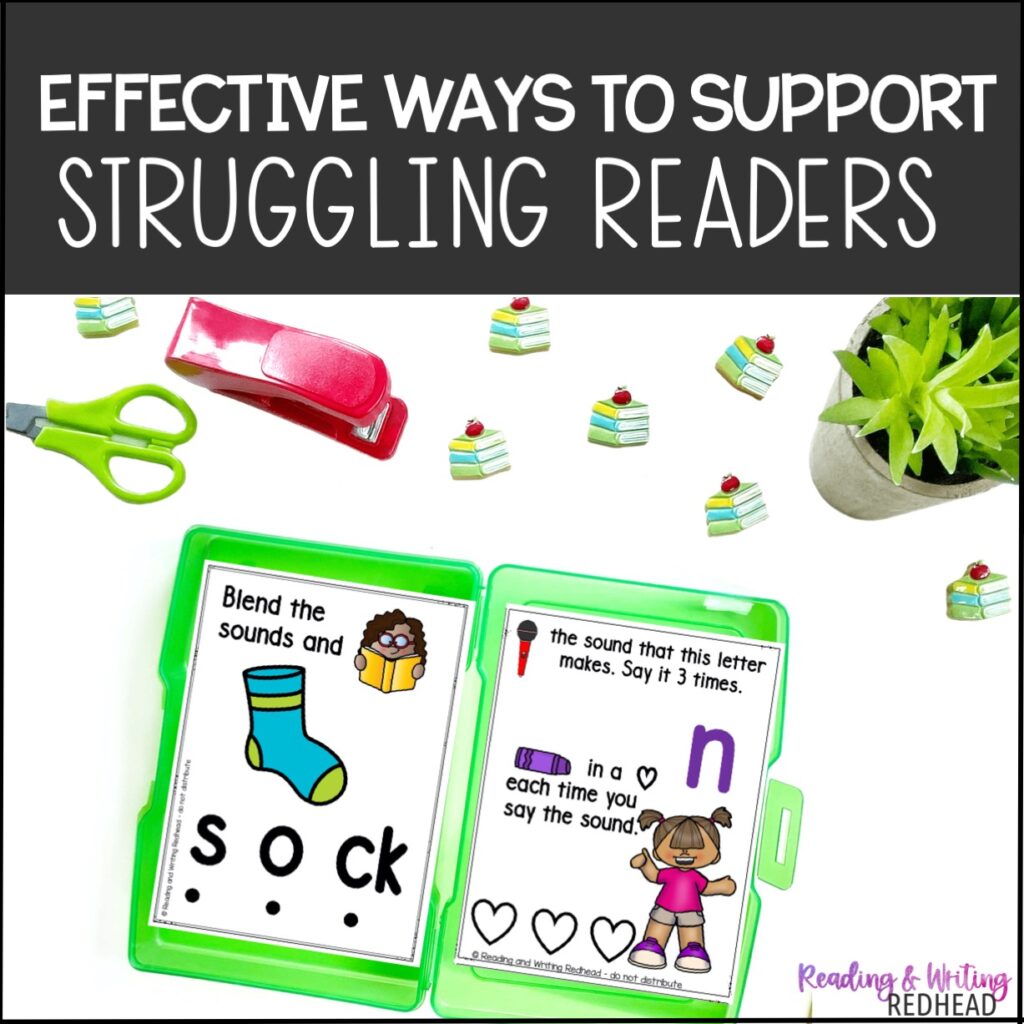
How Can You Support Struggling Readers with In- Class Intervention?
First, check their basic skills:
If you have students in kindergarten, first, second grade and up , check their letters and sounds! Can they identify all capital and lower case letters? Do they know the main sound of each letter? This is important to know even with older students like second graders. It can be eye opening.
Your reading program may have one already but if you need a resource for letters and sounds check, the Assessment of Capital and Lower Case Letters and Sounds is only $1.50!
You can also keep reading for info on a kindergarten and first grade freebie!
If that doesn’t answer your questions:
You may need to support struggling readers in phonological awareness. Get a closer look at their skills using a version of the PAST (Phonological Awareness Screening Test). I use the one in David Kilpatrick’s book Equipped for Reading Success, but your special education staff may have another version they can share with you.
Now what?
You should have some helpful information. You may have students who struggle to rhyme and some students who don’t know all their letter sounds. Focus on interventions in those areas to support struggling readers.
Use your teacher table to your advantage, but don’t put all these students in the same group. Focus on specific skill groups – For example, Emma, Ross, and Monica could be in a group working on rhyming a few minutes a day, but Joey, Chandler, Phoebe and Ross might join you for letter sound practice.
This is flexible grouping. Madeline Will from Education Week describes it as “a strategy that puts students in different reading groups depending on the day and the lesson. Sometimes, the groups may be homogeneous in terms of reading skills, while other groups might consist of students of varied abilities”.
Create some independent activities for them to practice (ie listening to a rhyming poem on a device, while highlighting the words that rhyme on a copy of the poem) too.
Also get some support from your mentor teacher or grade level colleagues at school. They can be such valuable resources!
More Tips:
Try incorporating multi-sensory reading strategies, but especially to support struggling readers.
A few ideas include practicing letter writing with tactile materials (writing in shaving cream or sand, or creating with Wikki Stix). You could also try a blending board to help students with segmenting sounds. Number Dyslexia explains it here: ” A blending board is a simple tool that displays letter cards so students know what letters to focus on while practicing blending in phonics”.
I also have great tips if students know their letters and sounds and need to practice reading short vowel words at the blog post 7 Ways to Practice CVC Words.
Keep reading to learn a few more ways to support struggling readers in your classroom or in intervention groups out of the classroom.
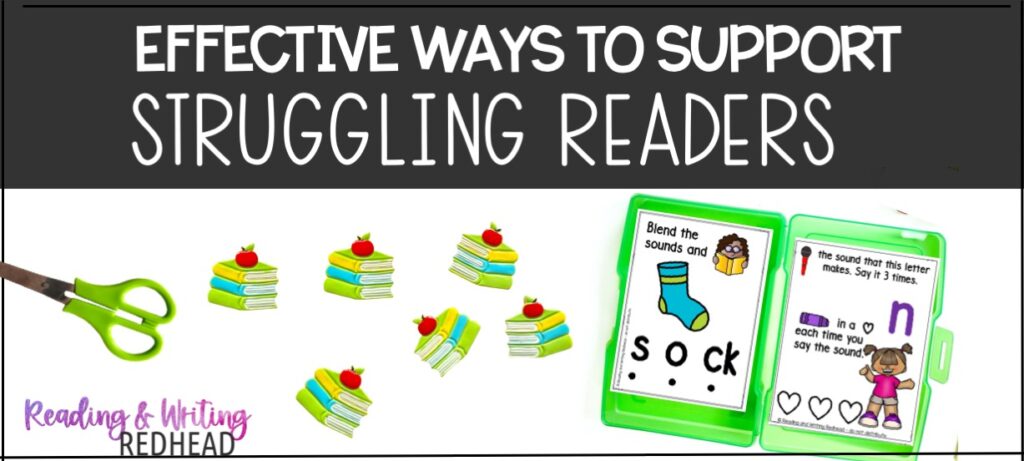
TPT Resources
Make it easy for your self and save tons of time by grabbing already made activities and resources from Teachers Pay Teachers. This is an easy peasy way to support struggling readers!
Reading and Intervention Resources
There are options for kindergarten, 1st grade and 2nd grade reading and intervention resources. I am going to give you details about the 1st Grade Reading and Intervention resources but you can get all the dirt on the other grade level resources here: (these are on sale the week of August 5-12!)
Kindergarten Reading and Intervention Resources
2nd Grade Reading and Intervention Resources
First Grade Reading and Intervention Resources
This is a differentiated kit to address whatever areas your specific students struggle with. Check out the previews below and feel reassured that you can get all of your first grade reading intervention all in one place!
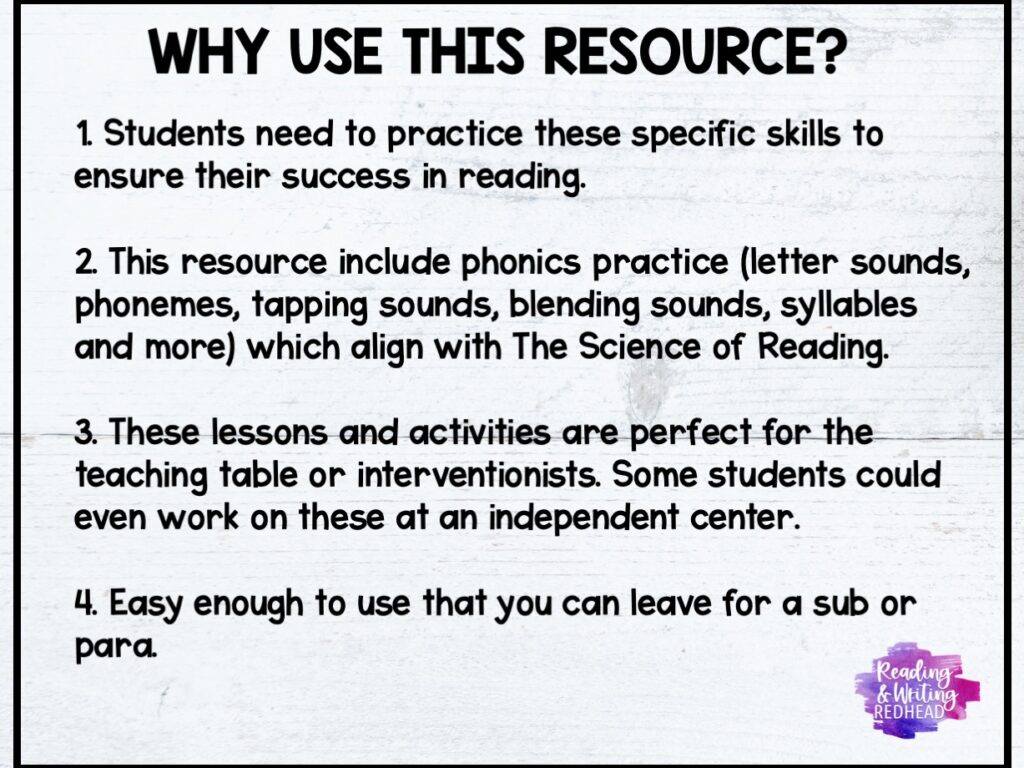
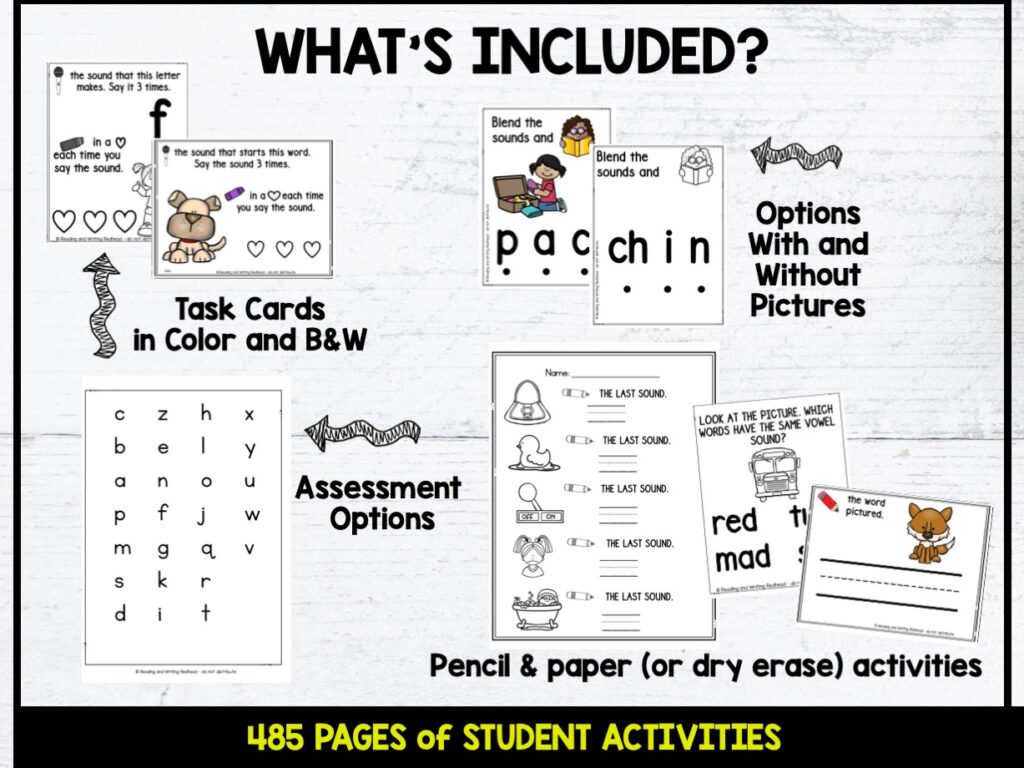
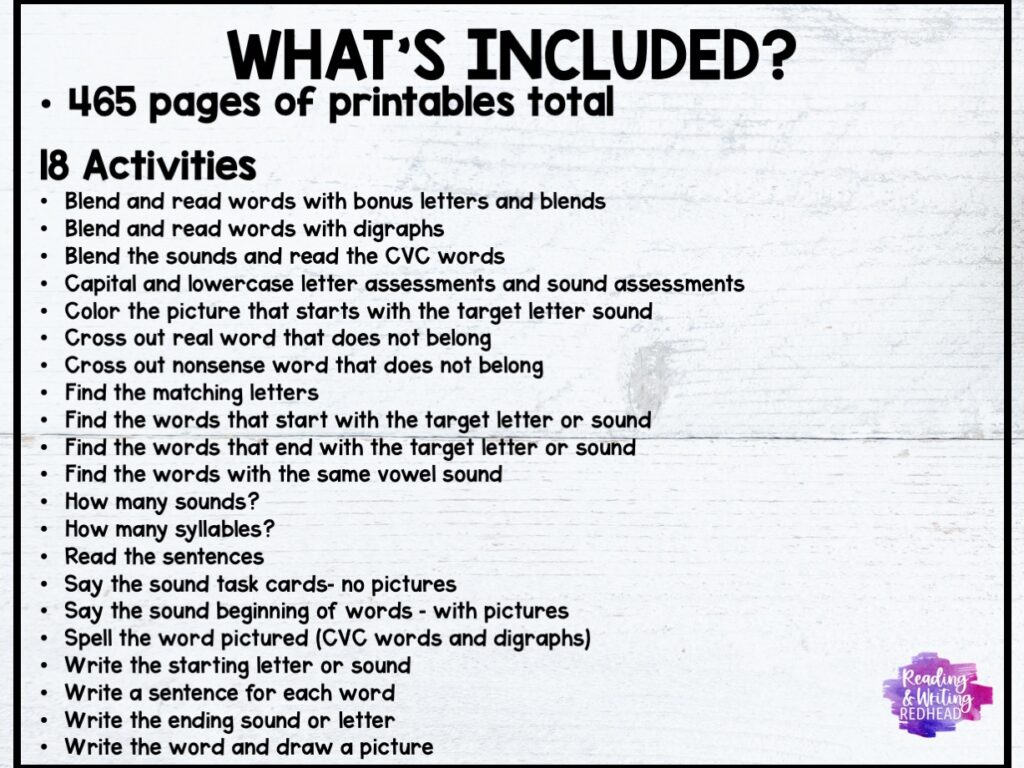
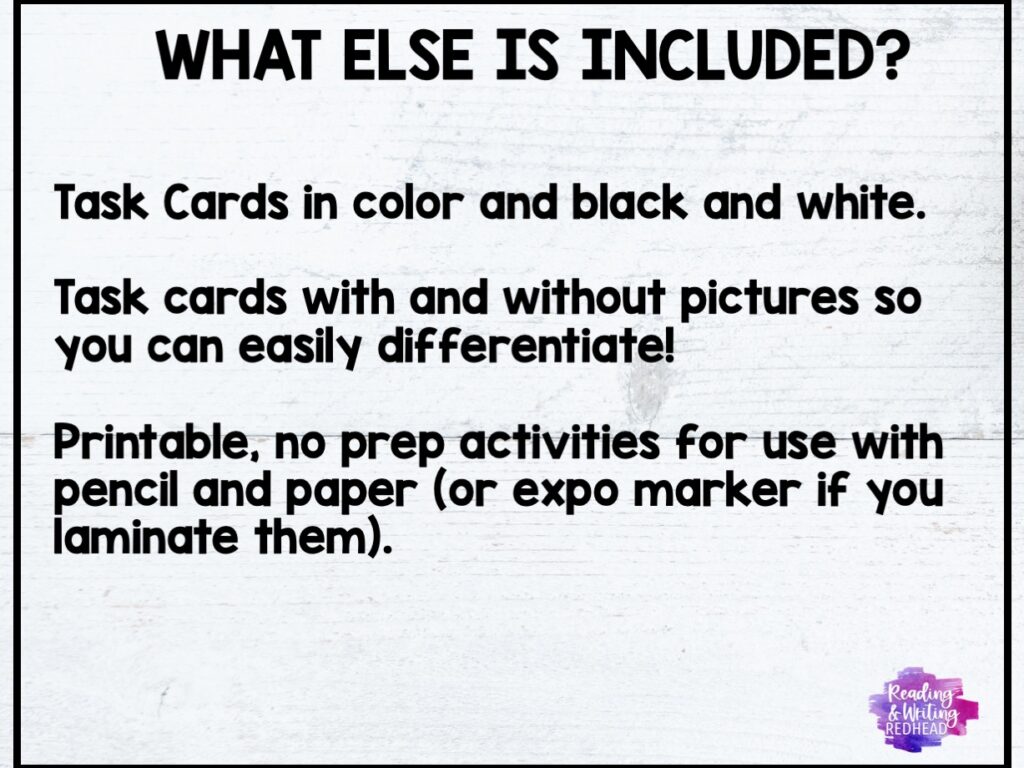
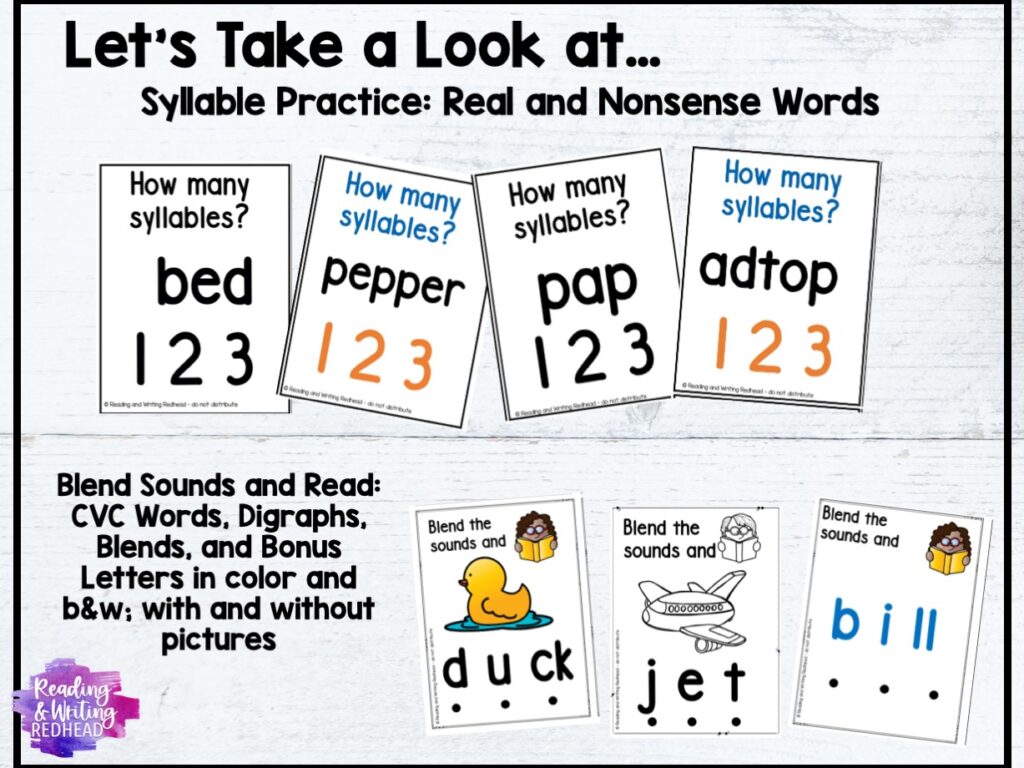
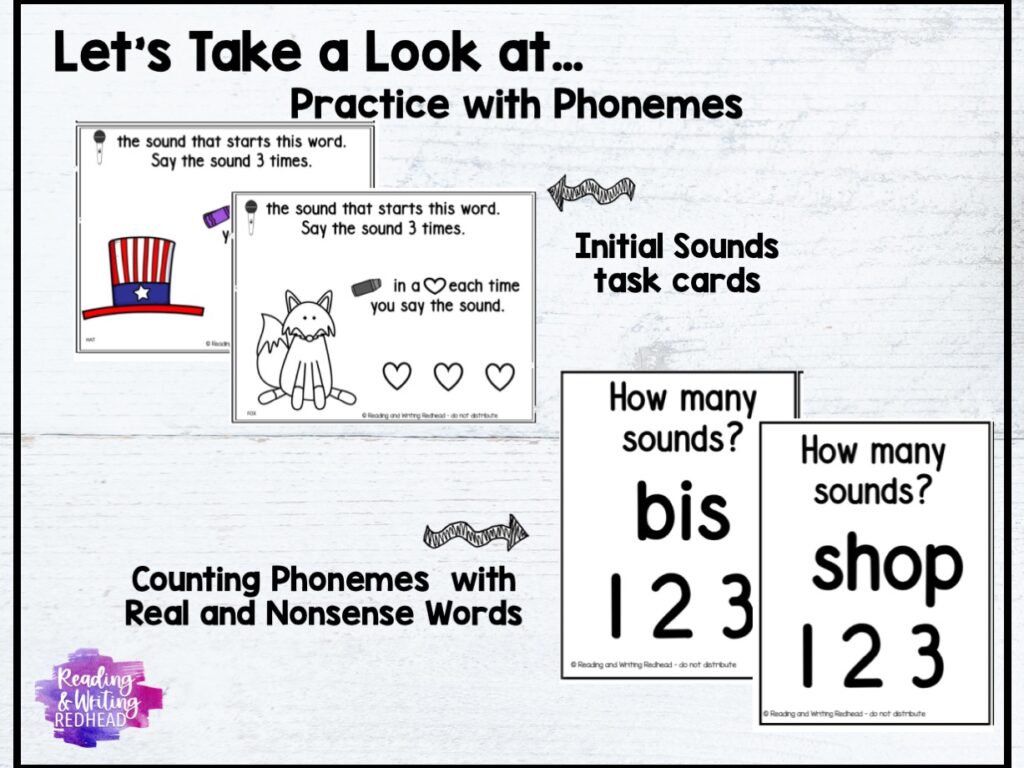
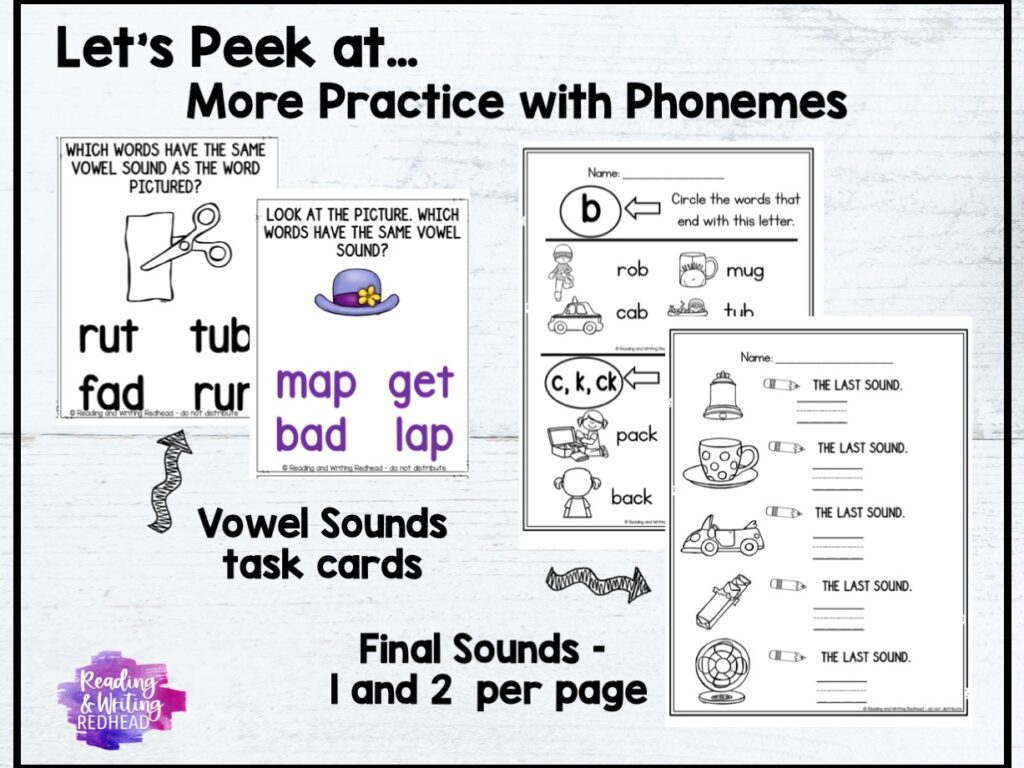
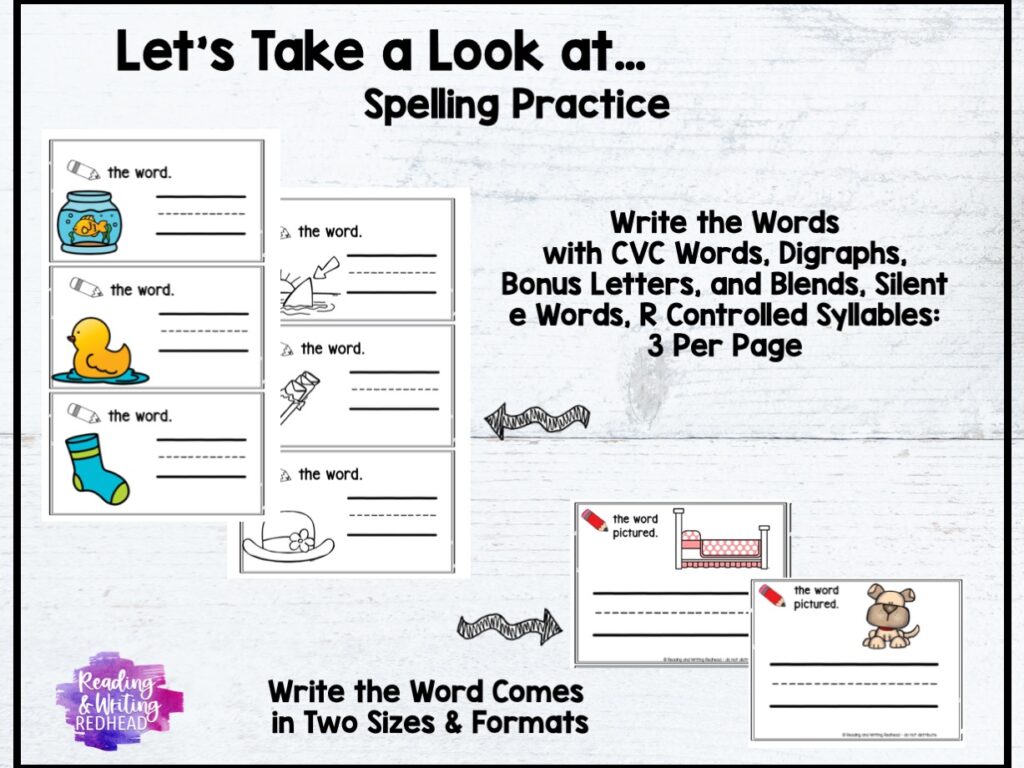

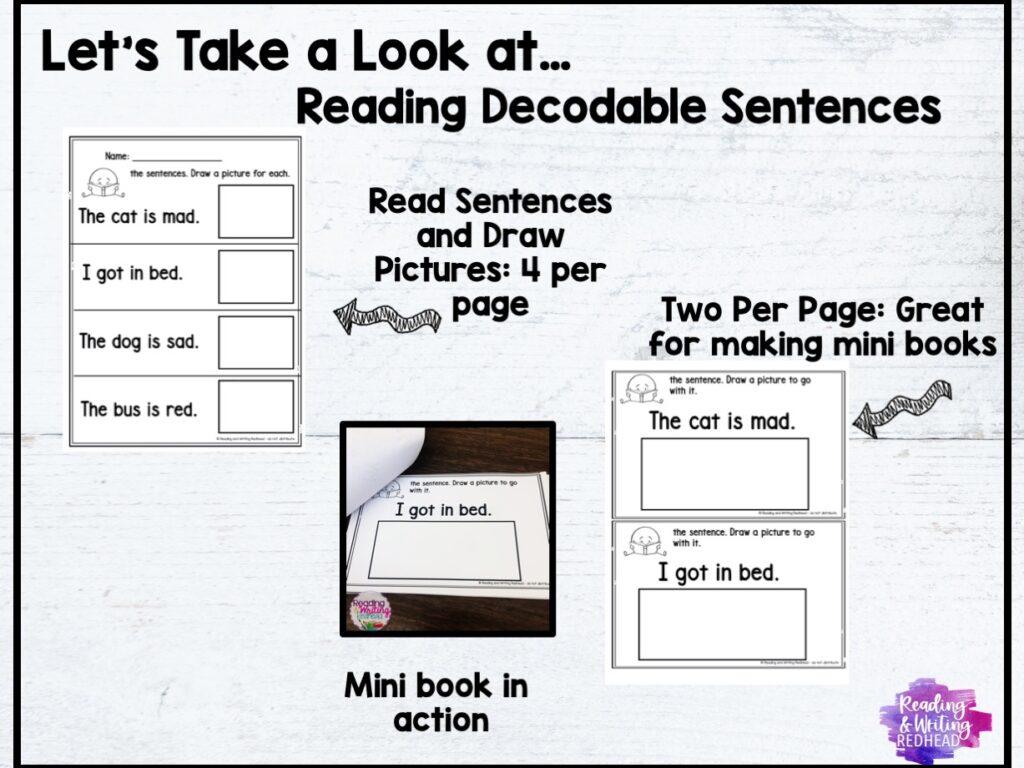
And of course, it includes letters and sounds assessments which you can also buy on its own!
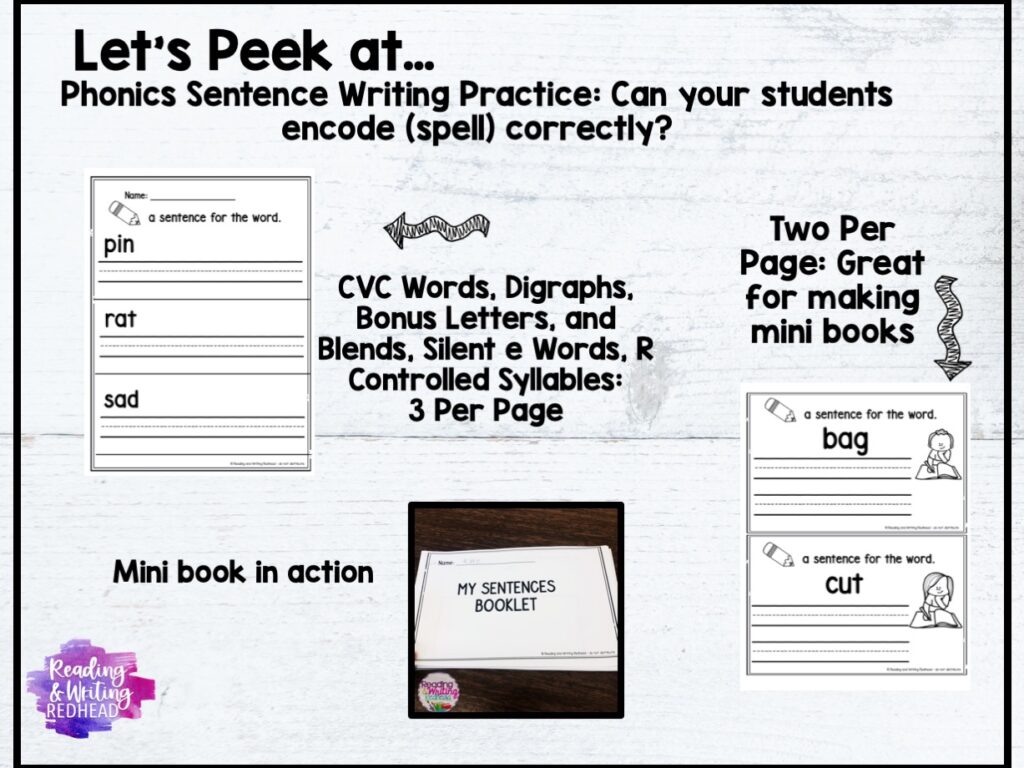
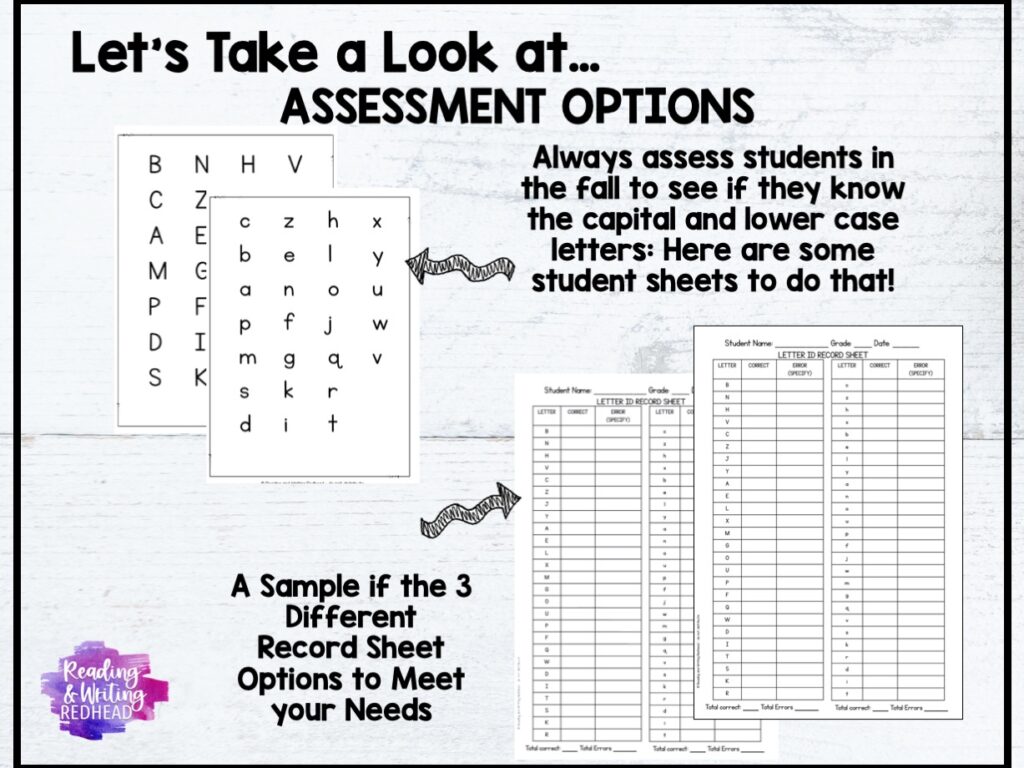
Five Star Review:
One of the happy teachers who tried it says, “My students LOVE to see their goals met for the year. I am currently putting together my binder for next year. . Thank you for creating wonderful products for First Grade!“
Click here or on any of the images below to check it out at TPT (PSST: on sale until August 13!). If you want just one or two sections, click here to look at the bundle and scroll down to see which resources you can buy individually!
FREEBIE ALERT
Also, if you want to grab a kindergarten and first grade reading intervention freebie to accompany this blog post , click here and sign up for the RWR Insiders Club today (free, unsubscribe at any time of course) and the freebie will be yours, downloadable from the Freebie Resource Library on my blog.
If you want to pin this post on how to support struggling readers and read it again later, click below!
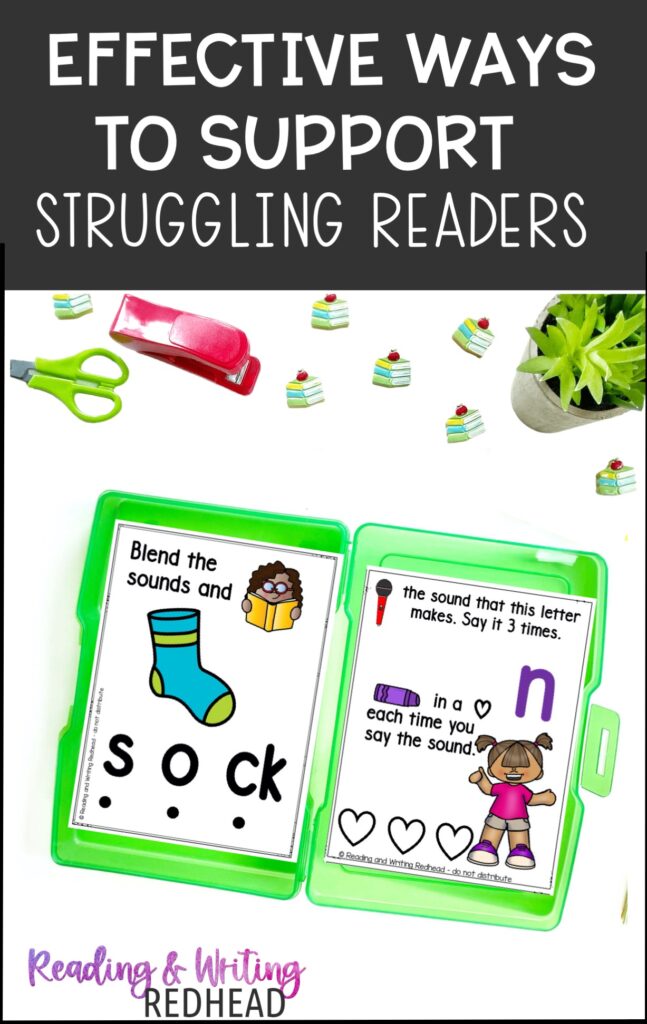
You might also be interested in these blog posts:
- Reading Intervention: 10 Phonics Tips
- What is Phonemic Awareness
- 8 Ways to Use Pop Its to Engage Learners
- Reading Intervention: Sounding out Words
- Reading Intervention all in One Place


